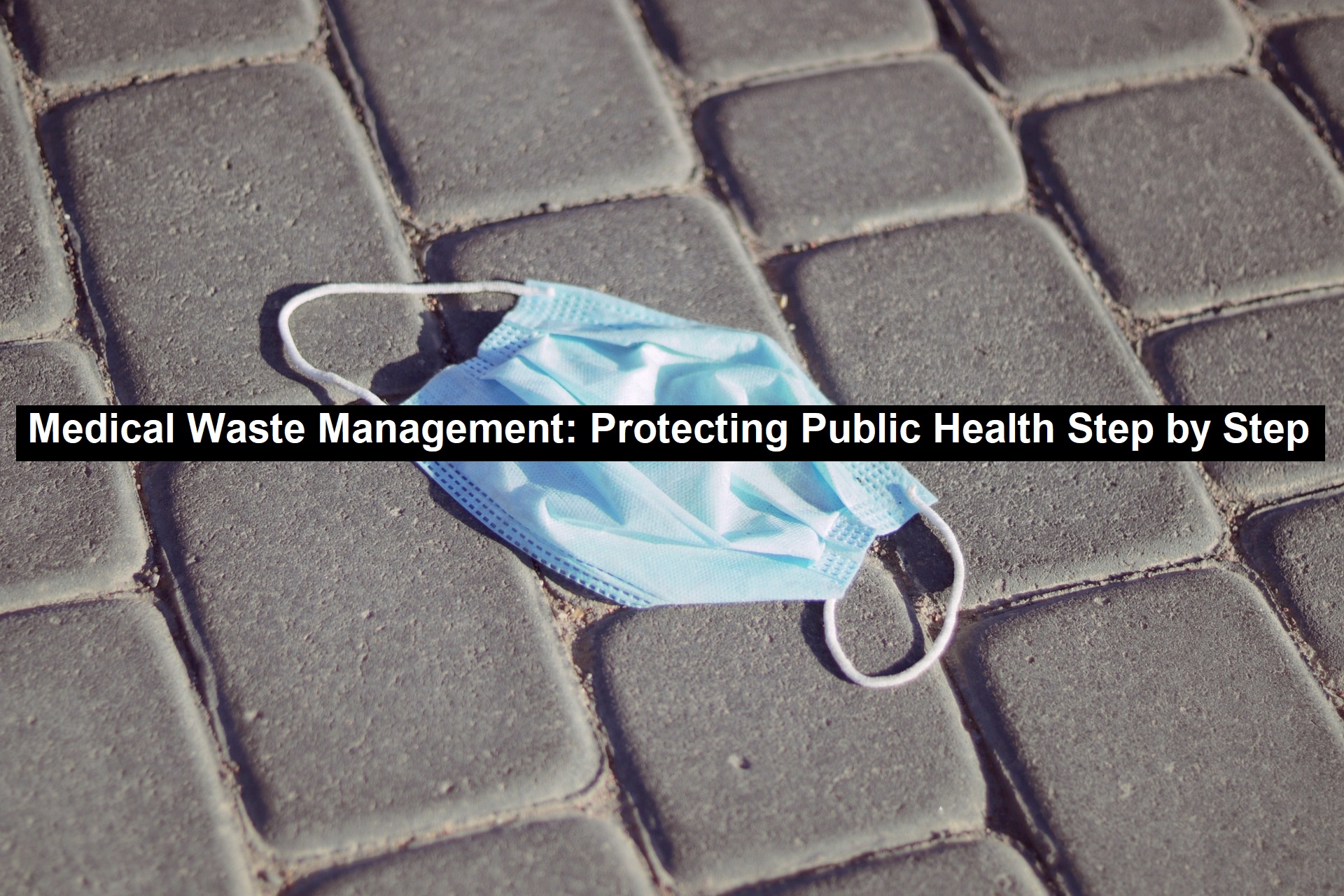Medical Waste Management: Protecting Public Health Step by Step
The safe handling and disposal of medical waste are critical for preventing contamination, protecting public health, and maintaining environmental safety. Generated in healthcare and research settings, medical waste demands careful management at every stage, from creation to final disposal.
Waste Segregation: The Foundation of Safety
The process begins with segregation—sorting waste into appropriate categories based on its risk and type. This step occurs at the source, in hospitals, dental offices, labs, and clinics. Examples of segregation include:
- Sharps: Placed in puncture-resistant containers to avoid injury.
- Infectious biological waste: Sealed in labeled, leak-proof bags.
- Pharmaceutical waste: Stored in tamper-proof, secure containers.
Proper segregation reduces risks of cross-contamination and allows for efficient treatment and disposal.
Read: Optimizing Chiropractic Care With Bioenergetic Assessment
Safe Storage Within Healthcare Facilities
Once sorted, medical waste is securely stored in designated on-site areas. These areas feature restricted access, adequate ventilation, and safety protocols to ensure waste remains contained. Proper storage protects healthcare workers, patients, and the public while the waste awaits collection.
Transport: Following Strict Regulations
Transporting medical waste is a highly regulated process. Licensed waste management companies use specialized vehicles designed to carry hazardous materials safely. Workers adhere to strict safety standards, ensuring the waste reaches treatment facilities without posing risks to the public or environment.
Treatment Methods: Neutralizing Hazards
At treatment facilities, medical waste is processed to eliminate potential hazards:
- Autoclaving sterilizes infectious materials using high-pressure steam.
- Incineration destroys pharmaceutical and chemical waste, reducing it to ash for safe disposal.
- Chemical disinfection and microwave treatments are alternative methods used for specific waste types.
Each method ensures waste is neutralized and rendered safe for final disposal.
Final Disposal: Ensuring Environmental Safety
Once treated, the waste is securely disposed of in compliance with environmental regulations. Treated materials often go to sanitary landfills, while incineration byproducts like ash are placed in secure containment sites. These measures safeguard ecosystems and public health.
A Critical Process for Healthcare and Society
Proper management of medical waste—from segregation to final disposal—minimizes contamination risks, ensures regulatory compliance, and protects the community.
Medical-Waste
To learn more about the safe journey of medical waste and best practices, refer to the accompanying resource, courtesy of Biogenic Solutions, a Texas medical waste management company.

